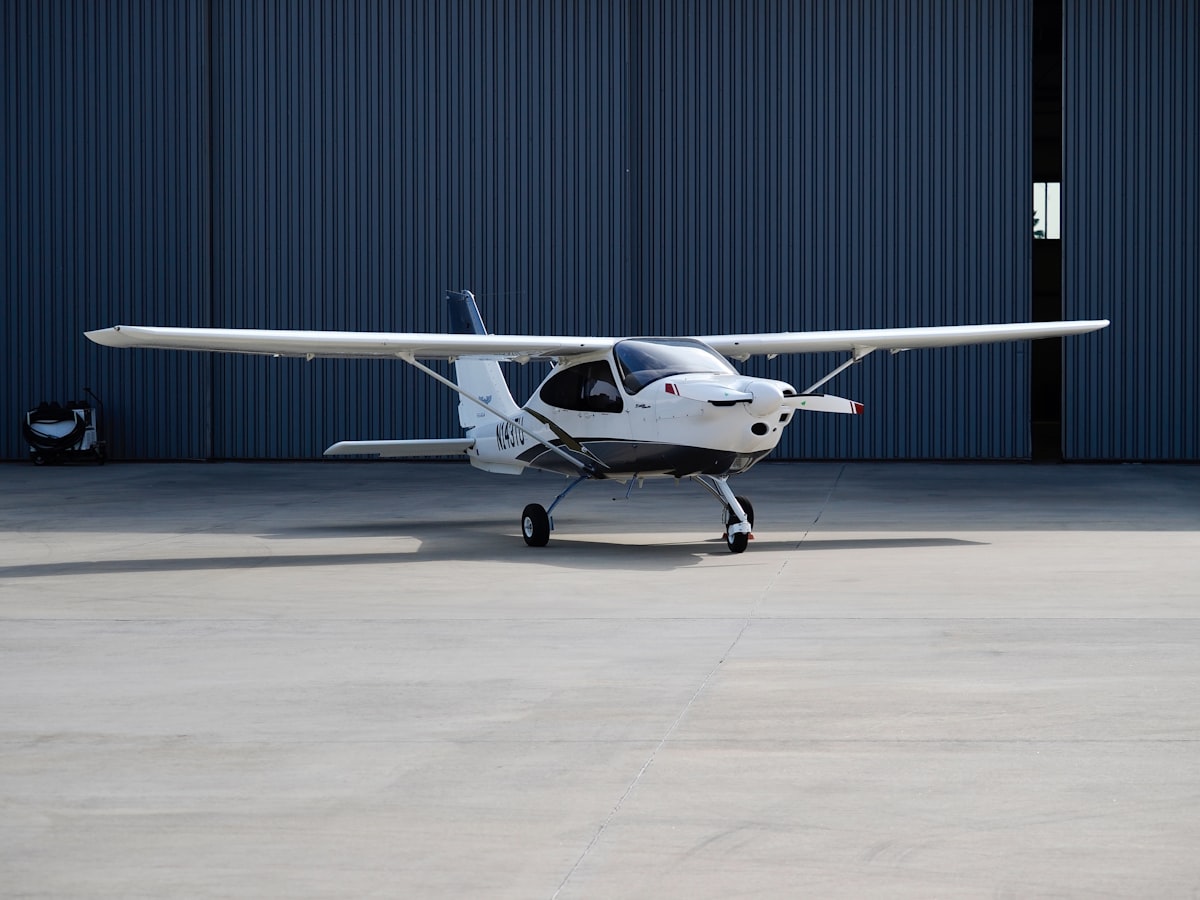How to Rent a Hangar for Seasonal Use
How to Rent a Hangar for Seasonal Use
Renting a hangar for seasonal use involves specific steps to ensure you get the right space for your aircraft. With the proper approach, you can secure a hangar that meets your needs while staying within your budget. Here’s how you can go about it.
Understand Your Needs

First, assess your requirements. The size of your aircraft will dictate the dimensions of the hangar you need. Make note of any additional space necessary for maintenance activities, equipment storage, or extra conveniences such as office space.
Location Selection
The next step is choosing a location. Consider proximity to your home and the condition of the runways. Factor in weather patterns and access to necessary services such as fuel and maintenance personnel. Select an airport that meets your operational and geographical preferences.
Research Available Hangars
Once you have your requirements and location in mind, start researching available hangars. Check online listings and contact local airports directly. Smaller airports may have hangars not listed online. Make a list of potential options and note their details for comparison.
Visit the Hangars
Before making any decisions, visit the hangars in person. Inspect each hangar for adequate size, security features like locks and lighting, and the overall condition of the structure. Ensure there are no leaks or structural damage that could affect your aircraft.
Check the Amenities
Ask about amenities. Some hangars come with climate control, electric hookups, or built-in workbenches. Evaluate whether these features are worth any additional cost. Confirm the availability of necessary services like fueling and de-icing as part of your stay.
Compare Costs
Compile the costs of each prospective hangar. Compare rental prices, insurance fees, and any other associated costs. Include seasonal discounts if they are available. Consider the value each hangar offers for its price to ensure you get the best deal.
Negotiate the Terms
Negotiate the terms of your rental agreement. Inquire about the possibility of short-term leases, month-to-month options, or seasonal contracts. Discuss possible discounts for longer commitments or off-peak periods. Ensure that the terms are in line with your intended period of use.
Sign a Lease Agreement
Once you’ve negotiated favorable terms, solidify the arrangement by signing a lease agreement. Read the lease thoroughly, paying attention to clauses related to rental periods, payments, and responsibilities for repairs. Ensure that all agreed-upon terms are documented in the contract.
Insurance Coverage
Review your insurance coverage. Ensure it extends to your aircraft while it’s in the hangar. Confirm whether the hangar owner or the airport provides any insurance and what it covers. Make adjustments to your policy as necessary to guarantee comprehensive protection.
Prepare Your Aircraft
Prepare your aircraft for storage in the hangar. Perform necessary maintenance and ensure the plane is clean. Use protective covers to safeguard the aircraft from dust and other environmental factors. Secure any loose items inside to prevent damage.
Move In
Coordinate with the hangar manager or owner to arrange a moving date. Plan the logistics of transporting your aircraft and equipment to the hangar. Take note of accessibility times and any regulations you need to adhere to while on the premises.
Maintain the Hangar
Once your aircraft is settled, maintain the hangar. Regular cleaning and inspections prevent any damage or deterioration. Check for leaks or pest issues periodically. Report any significant issues to the hangar manager promptly.
Prepare for Seasonal Changes
Adapt your use of the hangar according to seasonal changes. For winter, ensure adequate heating to prevent any damage. In summer, ventilation can be crucial to keeping the interior comfortable. Make necessary adjustments to accommodate the seasonal weather.
Communication with Management
Maintain open communication with hangar management. Update them on any changes in your usage plans. Clear communication helps in addressing any issues promptly, ensuring your rental period goes smoothly.
Evaluate at Season End
As your rental period comes to an end, evaluate your experience. Determine if the hangar met your needs and if you would consider renewing the lease for another season. Provide feedback to the management, highlighting any areas for improvement.
Recommended Aviation Resources
Pilots Handbook of Aeronautical Knowledge – $25.42
Essential FAA handbook for every pilot.
Aircraft Owners Handbook of Maintenance
Keep your aircraft in top condition.
As an Amazon Associate, we earn from qualifying purchases.




Subscribe for Updates
Get the latest articles delivered to your inbox.
We respect your privacy. Unsubscribe anytime.